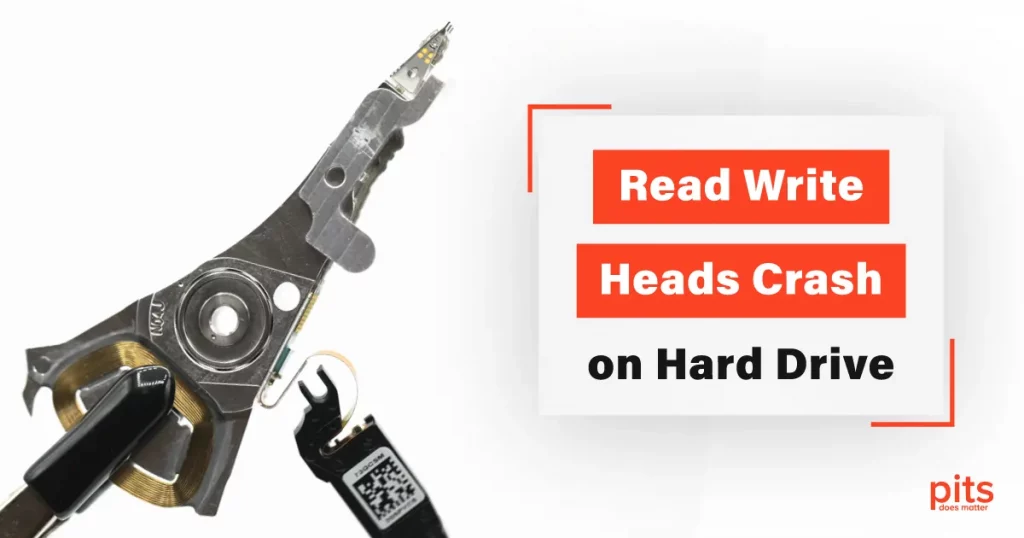Your computer’s hard drive is a critical component that stores all of your data, from documents and pictures to music and videos. But what happens when its read/write heads crash? The results can be disastrous, potentially resulting in losing all your valuable data.
In this article, we will explore why head failure may occur, the signs of a head crash on your hard drive, and what to do if you suspect your hard drive has experienced this kind of failure.
Why Hard Drive Head Crash Occurs
The read/write heads on your hard drive are designed for reading and writing data from and to the platters that store your data. These heads are tiny components that float just above the surface of the rotating platters, reading and writing data at incredibly high speeds.
There are Several Reasons Why Head Failure May Occur:
Wear and Tear
Over time, the read/write heads can become worn. This is more common in older hard drives.
Physical Damage
The heads can also become damaged due to physical impact or exposure to high temperatures.
Power Surges
Power surges can cause the read/write elements to fail, as they can cause the components to overheat.
Aging Drives
As hard drives age, their mechanical components, including the read/write heads, can become more tending to failure.
Excessive Heat
High temperatures can affect the stability of the drive's components, including the heads.
Manufacturing Defects
In rare cases, manufacturing defects can cause the heads to fail prematurely.
Signs of a Head Failure on Hard Drive
Detecting a head failure in a hard drive is paramount for addressing the issue promptly and stopping data loss. If you suspect that your hard drive may be encountering head failure, watch out for these common signs:
- Clicking or Grinding Noises. If you hear clicking sound or grinding noises from your hard drive, it could be a sign that the read/write heads have contact with the platter.
- Slow Performance. When your computer runs slowly, it could be due to a head crash. This is because the heads are struggling to read and write data, which can result in slower speed.
- Error Messages. In case you receive error messages when trying to access your data, it could be due to a head crash.
- Blue Screen of Death. In severe cases, a head crash can cause a Blue Screen of Death (BSOD), which indicates a critical system error.
- Frequent Freezing. Your computer may encounter frequent freezing or crashing when accessing files or opening applications stored on a drive with a failing head.
- Inability to Detect the Drive. In extreme cases of head failure, the computer may not detect the hard drive completely.
- S.M.A.R.T. Warnings. Modern hard drives often come with built-in (S.M.A.R.T.) system tools that detect potential issues, including head failures
What to Do if You Suspect a Damaged Hard Drive Head
If you suspect your hard drive has experienced a head crash, the most important thing to do is stop using the device immediately. Using the media can cause further damage and potentially make it impossible to recover your data.
1
Stop Using the Drive
Stop using the hard drive immediately when you suspect a damaged head failure. Continued use can worsen the problem and increase the chances of permanent data loss.
2
Back up Your Data (If Possible)
If you have not already backed up your data, do so immediately before it fails. This will ensure you keep all important files if the drive fails completely. Avoid copying large amounts of data during this process.
3
Contact a Professional Data Recovery Service
Do not attempt to repair the drive yourself, as this can result in further damage and potentially make it impossible to recover your data. Instead, contact a professional data recovery service specializing in hard drive recovery. These professionals have the expertise and equipment needed to recover your data safely.
4
Replace the Hard Drive
Even if your data is successfully recovered, it is important to replace the hard drive. A hard drive that has experienced a head crash is likely to fail again in the future, and it is not worth the risk of losing your data a second time.
How Our Engineers Perform Hard Drive Head Replacement
PITS Global Data Recovery Services is a reputable data recovery company specializing in recovering data from damaged hard drives, including those that have suffered head crashes.
Our team of highly skilled data recovery engineers uses a careful and precise process to replace crashed read/write heads. The process begins with an initial assessment of the damaged hard drive.
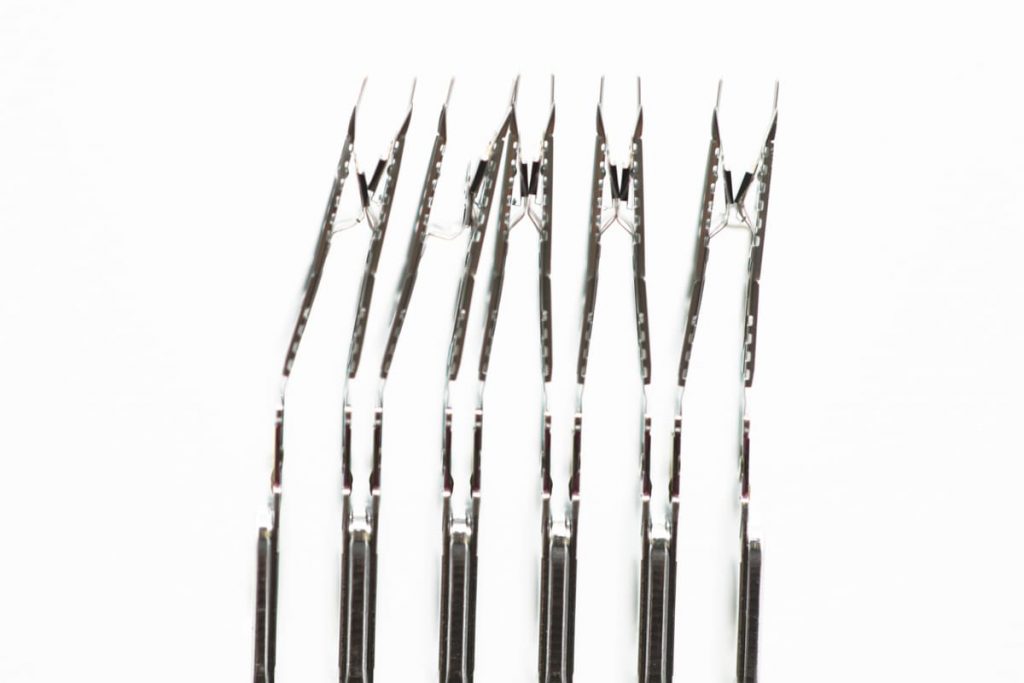
Our engineers will carefully examine the hard drive to estimate the extent of the data loss and damage, creating the best course of action for recovery. In cases of head crashes, our engineers will typically recommend replacing the damaged read/write heads.
How we Replace Hard Drive Heads
To replace the read/write heads, our engineers will carefully disassemble the hard drive in a cleanroom environment. A clean room is a specialized environment designed to be free of dust and other contaminants, which can damage the delicate components of the hard drive.
Our cleanroom is equipped with advanced equipment and tools to allow our data recovery specialists to work safely on the hard drive.
Once the hard drive has been disassembled, our technicians will locate the damaged read/write heads and carefully remove them from the hard drive. The new read/write heads will be installed and aligned with the hard drive platters.
This process requires high skill and precision, as the read/write heads must be aligned with the hard drive platters within a few microns.
Once the new read/write heads have been installed and aligned, the hard drive will be reassembled and powered on. Our engineers will carefully monitor the hard drive to ensure it functions properly and the data can be safely retrieved.
If the hard drive is functioning properly, our engineers will use specialized methods to retrieve the data from the hard drive. Our specialists will carefully extract the data from the hard drive and transfer it to a secure storage device. This process can take several hours or even days, based on the extent of the damage and the amount of data that needs to be retrieved.
Advantages of Choosing Us for Hard Drive Read Write Head Replacement:
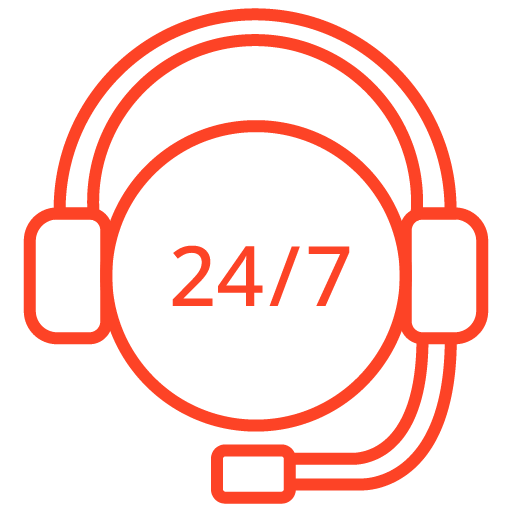
If you’re facing a data loss situation, don’t hesitate to contact us. Our 24/7 data recovery services are available to you, 365 days a year. Let us help you recover your precious data today.
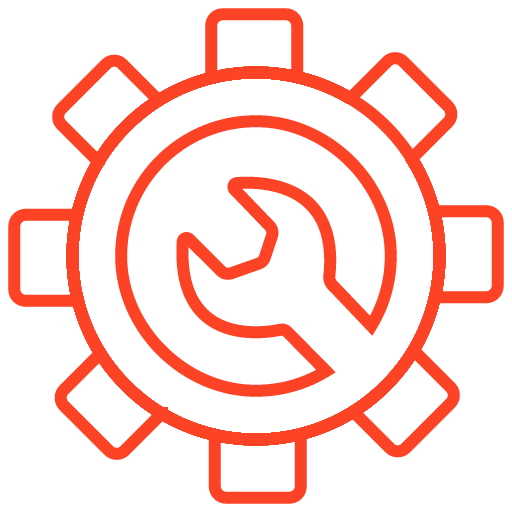
We start the recovery process with a risk-free evaluation. Our technicians estimate reasons for data loss and the level of damage. Based on it, we select the most suitable recovery strategy.

With years in the data recovery industry, our company supports the highest customer satisfaction rate. We do everything to provide a positive experience for our clients.
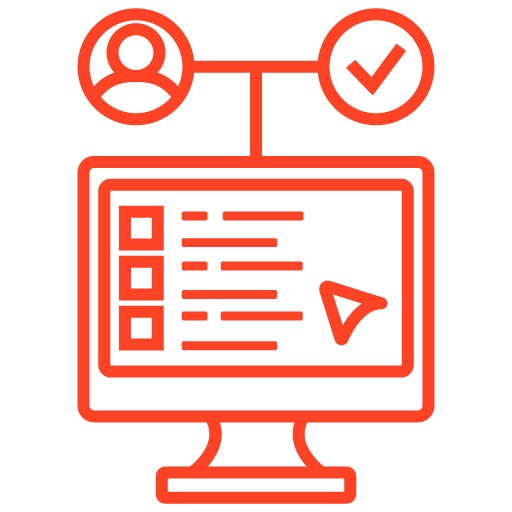
During our remote customer file verification session, you will thoroughly review all necessary documents and records to ensure accuracy and compliance.

We offer data recovery services from over 50 locations across the US. This means that no matter where you are located, you can access our services to recover the data.

With our certified data recovery services and 99% success rate, we are confident that we can recover your precious data and get you back up and running in no time.
At PITS Global Data Recovery Services, we take the safety and security of your data seriously. We use a multi-layered approach to ensure your data is kept safe and secure throughout recovery. This includes physical security measures, such as secure storage facilities and restricted access to our cleanroom. In addition, our team does not ignore digital security measures, such as encrypted file transfers and certain storage devices.
A head crash on a hard drive can be a devastating experience, but with the right expertise and tools, your data can often be safely recovered. At PITS Global Data Recovery Services, our team of skilled engineers uses a careful and precise process to replace heads on a hard drive and safely restore the data from the damaged device.
Contact our customer service today to learn more about our data recovery services and how we can help you recover your important data from your internal or external hard drive.
Frequently Asked Questions
What is hard drive head replacement?
Hard drive head replacement refers to the process of replacing the read/write head assembly of a hard disk drive (HDD). The head assembly is responsible for reading and writing data to the platters in the HDD, and if it becomes damaged or malfunctions, it can result in data loss or complete failure of the drive.
When is hard drive head replacement necessary?
Hard drive head replacement is necessary when the head assembly becomes damaged or malfunctions. Signs of a damaged head assembly can include clicking or grinding noises coming from the drive, slow or inconsistent read/write speeds, or the inability to access data stored on the drive.
Can I replace the head assembly on my own?
Hard drive head replacement is a complex and delicate process that requires specialized tools and expertise. Attempting to replace the head assembly on your own can result in further damage to the drive or even render the data irretrievable. It is strongly recommended to seek the assistance of a professional data recovery service for hard drive head replacement.
How do I choose a professional data recovery service for hard drive head replacement?
When choosing a professional data recovery service for hard drive head replacement, look for a company with experience and expertise in this area. Consider factors such as their reputation, success rate, and cost, and ask about their procedures for handling and protecting your data during the repair process.
What is the success rate for head replacement on hard drive?
The success rate for hard drive head replacement depends on the severity and type of damage to the head assembly, as well as the skill and experience of the technician performing the replacement. In some cases, hard drive head replacement can result in a full recovery of the data, while in other cases, it may only be possible to recover a portion of the data or none at all.
